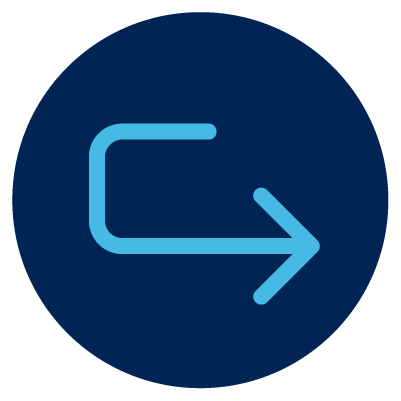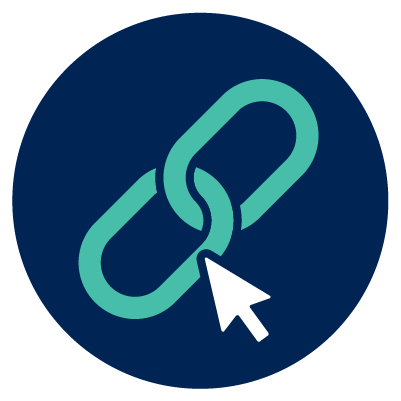How the Supported Wage System works
The Supported Wage System (SWS) lets employers pay an employee with disability based on their productivity. Learn about who can use SWS, the assessment process and where to apply.
Matching pay with work
Most employees with disability work at the same rate as other employees. However, some disabilities might affect how much a person can get done each day. In these cases, employers can use an SWS assessment to decide a fair wage.
The assessment checks how long an employee takes to do their job, compared to a standard time. The amount of work the employee can do in a given time is called their productivity.
For example, if the employee is a gardener, the assessment might check how long it takes them to mow a lawn, as a usual task. If they take 20% more than the standard time, the employer can pay them 20% less than the usual award rate of pay. The assessment will time all the employee’s usual tasks, then work out an overall pay rate.
An employee’s productivity assessment only affects their wage. All other conditions of employment are the same as for other staff, such as how much annual leave they can take.
Who can use the SWS?
Employers or service providers can put in an application for the SWS. They can apply for employees in open or supported employment.
SWS is available for:
- new employees with disability
- current employees with disabilities, if they can’t do as much work, risk losing their job.
To be eligible for the SWS, the employee with disability must:
- be an Australian citizen or permanent resident
- be 15 years of age or older
- have no outstanding workers compensation claims against their current employer
- meet the Disability Support Pension (DSP) impairment criteria– this is an assessment by Services Australia.
For more information about the impairment criteria, visit the Services Australia impairment rating page.
The job related to the SWS application must:
- be covered by industry awards or laws that allow employment under the SWS
- be for at least 8 hours a week.
For more details, download an overview of the SWS or the SWS handbook. There are 2 versions of the handbook – one for SWS in open employment and one for SWS in supported employment.
The application process
You apply for the SWS online through JobAccess Secure.
After you apply, the Department of Social Services (DSS) Assessment Team will check the application and if the employee eligibility. The employee will then start a work trial. An SWS assessor will visit to assess their work productivity.
Visit How to apply for the SWS for more on the application process and information you need to apply.
You put in an application for the SWS.
The employer or service provider applies for the SWS on behalf of the employee.
The employee starts a work trial to learn the skills of the job.
An assessor carries out an assessment to check the employee's work productivity. The employer and employee then sign a wage assessment agreement. They send it to the relevant industrial authority.
The employee has a work productivity review.
The employer or service provider applies for the SWS on behalf of the employee.
The employee starts a work trial to learn the skills of the job.
An assessor carries out an assessment to check the employee's work productivity. The employer and employee then sign a wage assessment agreement. They send it to the relevant industrial authority.
The employee has a work productivity review.
Getting an SWS assessment
After approval of the SWS application, an assessor will visit the workplace to do a free assessment. The assessor will arrange this.
The assessor does an assessment with the employer, employee, service provider and, if there is one, the nominee. The assessor will visit at a time that suits everyone on an employee's normal workday.
The assessor will look at information such as:
- the employee's job description
- time they spend on each task
- the hours and days they work
- break times
- how much supervision they need.
They will also make sure that the workplace has made any adjustments the employee needs to help them to do their job. For example, if the employee needs assistive technology or changes to their work area.
After the assessment, the employer and employee sign a wage assessment agreement to agree to any change in wages.
Find more about the assessment process in the SWS handbook.
Review assessments
If an employee has a SWS wage under the Supported Employment Services Award, they will have a review every 12 months. They can have an assessment sooner. For example, if the employee’s job or work tasks change.
If an employee is on a productivity-based wage under the Supported Employment Services Award, they will have one review. Additional review assessments can also be requested. For example, if the employee’s job or work tasks change.
If the review shows the employee’s productivity has changed, their wage is also changed.
One-off payments for employers
As part of the SWS application, employers can apply for a one-off $1,000 payment. It helps cover the cost of employing a person with disability in a new job.
The payment is only available if the employee:
- gets no support from a government funded employment service, such as Disability Employment Services or the NDIS
- is employed for at least 13 weeks, working at least 8 hours a week.
After 13 weeks the employer must give evidence to the assessment team to get the one-off payment. For example, the employee’s payslips. The evidence must show the employee has met the work requirements.
You can contact the DSS Assessment Team on 1800 065 123 for more information.
Changes to the Supported Employment Services Award 2020
Many SWS wage workers work in Australian Disability Enterprises (ADEs) under the Supported Employment Services Award 2020 (the Award). From 30 June 2023, the Award changed.
A key change is that the SWS assessment tool is now the only wage assessment tool available under the Award.
More information on the Award is on the Fair Work Ombudsman website.
Learning modules for SWS under Supported Employment Services Award 2020
The DSS has a set of 5 online learning modules to help explain the SWS for people employed under the Supported Employment Services Award 2020. The modules are easy to follow and have resources that may help employers.
Module 1 – Introduction to the SWS
Module 2 – Benchmarking
Module 3 – Collecting Workplace Data
Module 4 – Preparing for and participating in an assessment
Module 5 – Validation of assessment and communicating outcomes
Related pages
Last updated:
How the Supported Wage System works
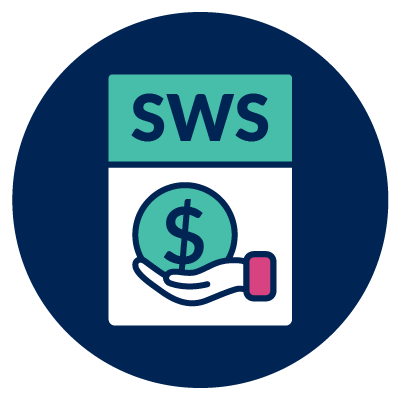
The Supported Wage System (SWS) is a way to pay people based on how much work they can do in a day.
Matching pay with work
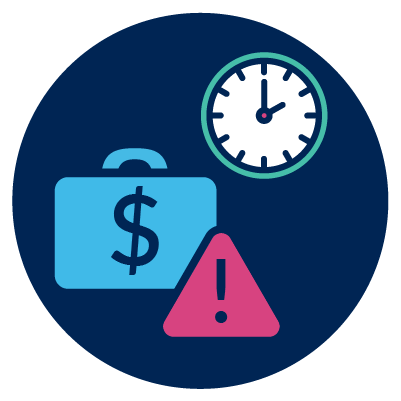
Some disabilities affect how much work people can do.
You might not be able to do as much work as your co-workers in the same amount of time.
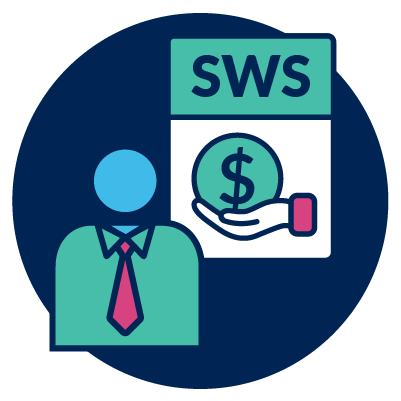
An employer hires people to work for them. can use the Supported Wage System (SWS) to pay someone fairly for the work they do.
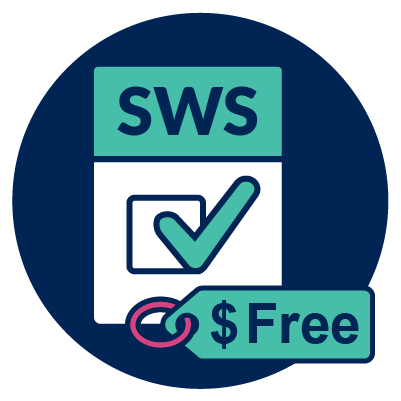
They can organise a free SWS assessment.
An SWS assessment shows how quickly you can do tasks at work compared to someone without disability.
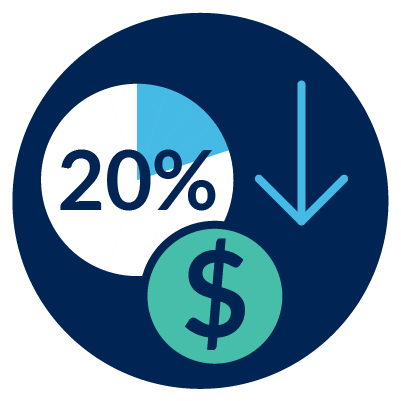
For example, it might take you 20% more time to complete the tasks than someone else.
Through the SWS, your employer could pay you 20% less than the usual pay.
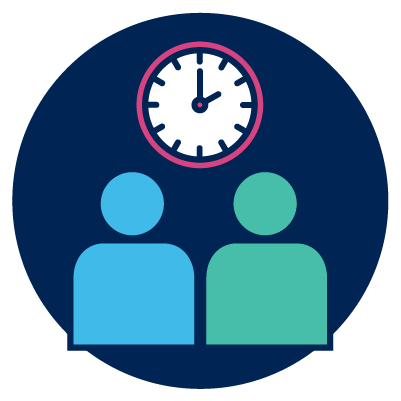
The SWS assessment only affects how much money your employer pays you.
It shouldn’t affect the way:
- you work
- people treat you.
For example, you might still have to work the same hours as your co-workers.
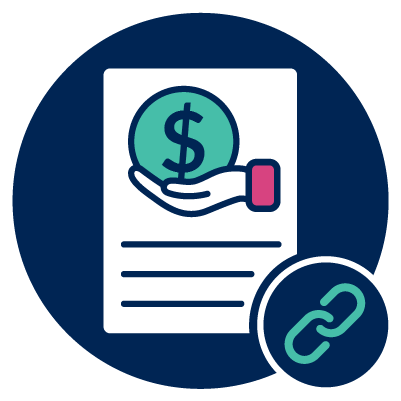
We created documents to explain the SWS that you can download.
You can find out more on our page about the overview of the Supported Wage System.
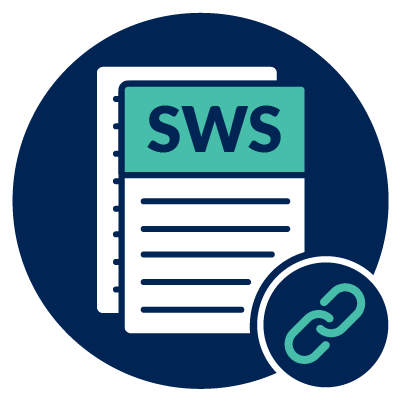
We also created a booklet about the SWS.
You can find out more on our page about the Supported Wage System Handbook.
People who can use the SWS
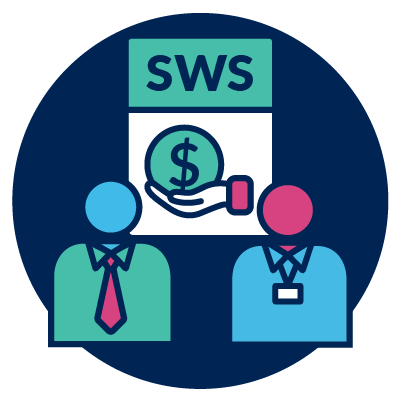
Employers or Service providers support people with disability by delivering a service. can apply for the SWS.
Who can get an SWS assessment
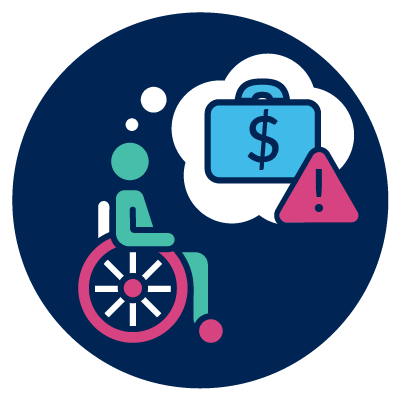
The SWS assessment is for new workers with disability.
It’s also for people who are working who:
- can’t do the same amount of work they used to do
- might lose their job.
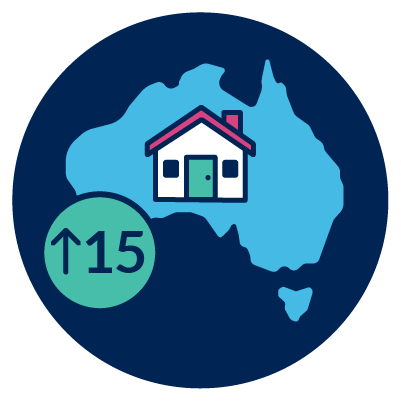
To get an SWS assessment, you have to be:
- at least 15 years old
- an Australian citizen or If you are a permanent resident of a country, you are allowed to live there but you are not a citizen.
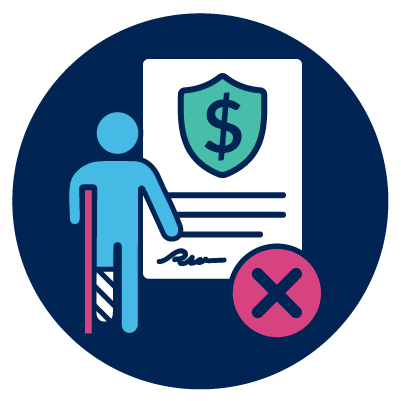
You can’t have any You can make a worker’s compensation claim if you’re injured at work. If a court accepts your claim, your employer might have to pay for things. For example, your treatment or financial support while you’re not working. against your employer.
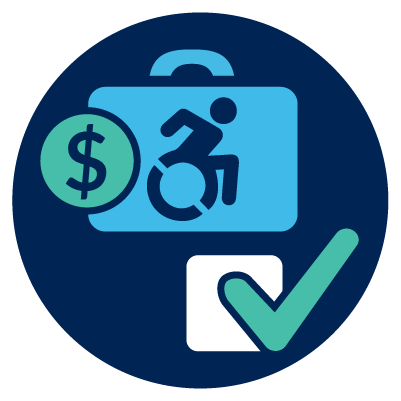
You must also meet the The DSP is a payment for people with a disability that affects how much they can work. rules about how your disability affects you.
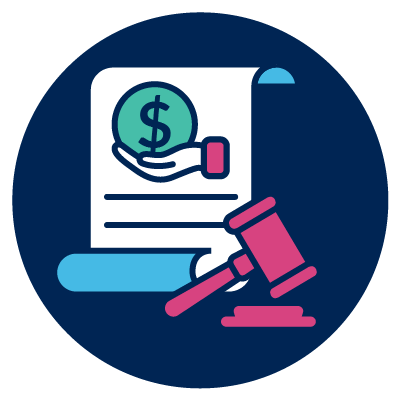
You must work in a job that the law says can use the SWS.
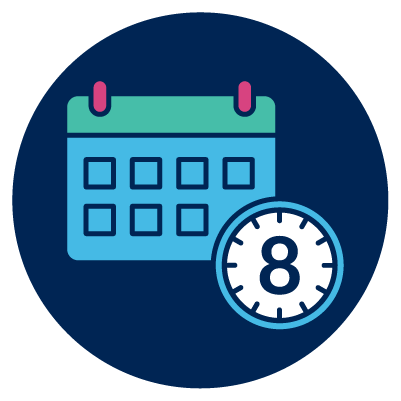
You also must work for at least 8 hours a week.
Getting an SWS assessment
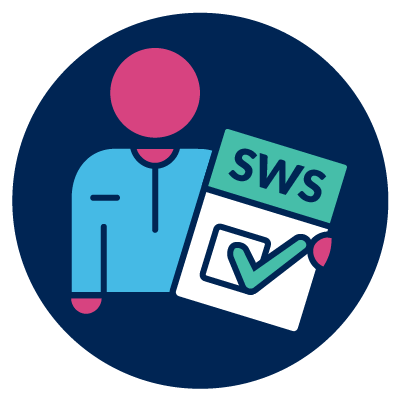
If you get an SWS assessment, a A trained assessor is someone who has the skills and knowledge to do an assessment. will come to your work.
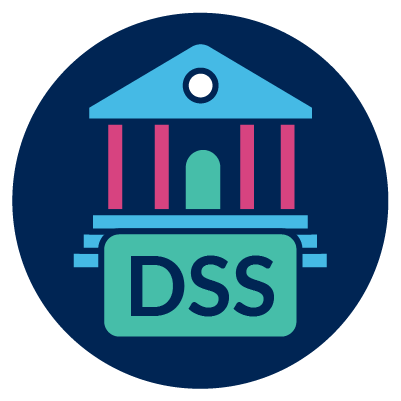
The Australian Government Department of Social Services (DSS) organises the SWS assessments.

The trained assessor will do the SWS assessment with you.
Your employer and service provider will also be part of the SWS assessment.
If you have someone who helps make decisions for you, they’ll also take part in it.
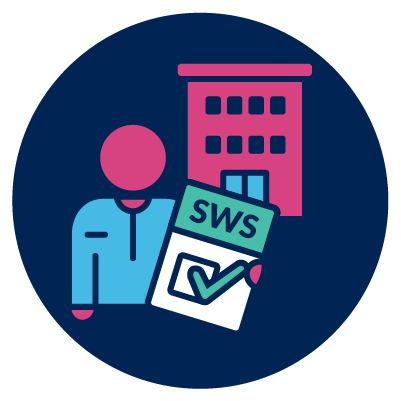
The trained assessor will visit your A workplace is any place you might work, such as an office, factory or shop. at a time that suits everyone.
It will happen on a day when you’re working.
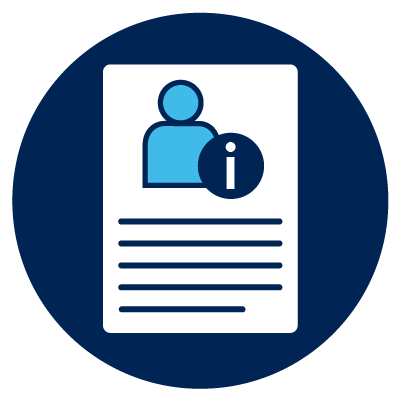
The trained assessor will look at some information about you.
This includes:
- what tasks you do in your job
- how much time you spend on a task
- the hours and days you work.
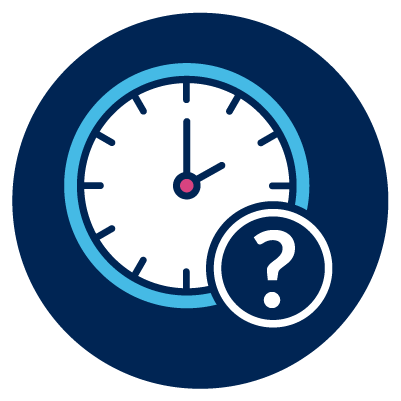
They will also look at:
- when you take breaks
- how long your breaks last
And they’ll look at if you need someone to make sure you’re doing the tasks in the right way.
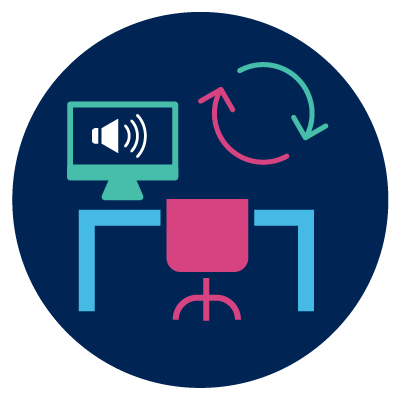
They will also make sure your employer changes your workplace so you can do your job.
For example, if you need an aid or piece of equipment that supports you to work.
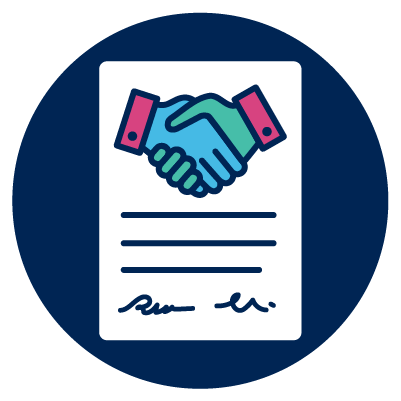
After the SWS assessment, you and your employer can sign an agreement about how much they’ll pay you.

We also created a booklet about getting an SWS assessment.
You can find out more about on our page about the Supported Wage System Handbook.
Checking the SWS assessment
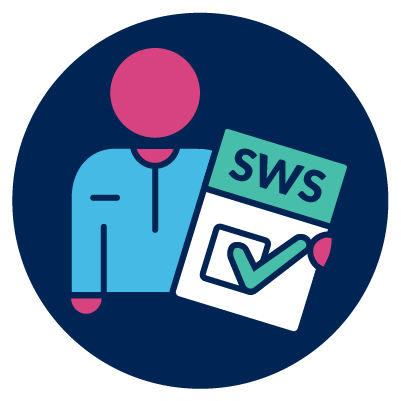
A trained assessor will make sure your SWS assessment still works for:
- you
- your employer.
This check is free.
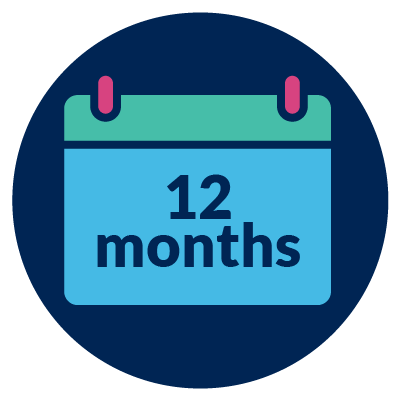
It will happen every 12 months.
But it will only happen once if you get support to work under the Supported Employment Services Award.
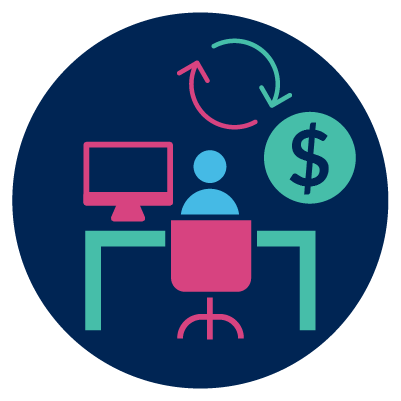
The check might find that the amount of work you can do has changed.
If this happens, then your employer might change how much they pay you.

You or your employer can ask for the check to happen:
- again
- more often.
For example, if your job or work tasks change.
Applying for an SWS assessment
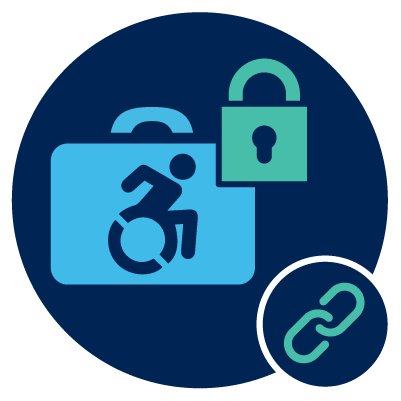
Your employer or service provider can apply for an SWS assessment through the JobAccess Secure section of this website.
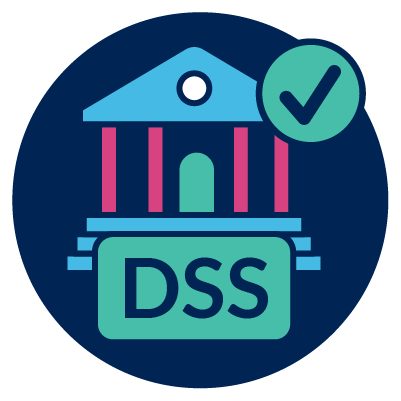
First the Australian Government Department of Social Services (DSS) checks if you can take part in the SWS.

Then you can start working to try out the job.
This happens before the SWS assessment.
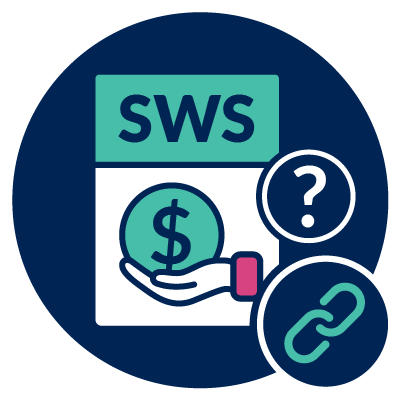
You can find out more about applying for the SWS on our page about How to apply for the SWS.
One-time payments for employers
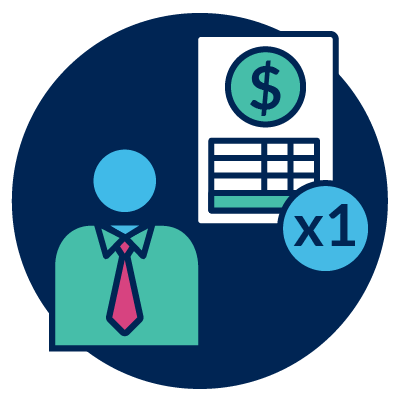
As part of the SWS, employers might be able to get a one-time payment of $1,000.
This can help them with the cost of hiring a person with disability in a new job.
The payment can happen after DSS agrees to do the SWS assessment.
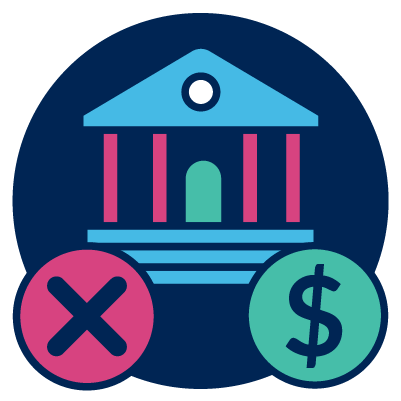
Employers can only get the payment if the worker with disability doesn’t get Funding is money from the government to pay for services and supports. to find and keep a job.
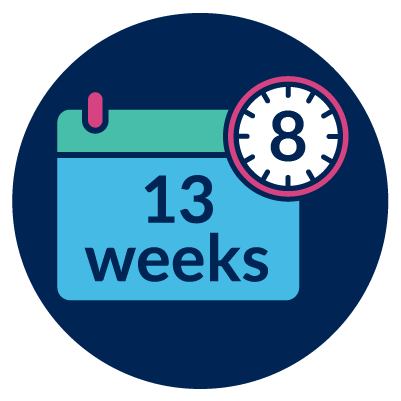
The worker with disability also needs to work for at least:
- 13 weeks
- 8 hours a day.
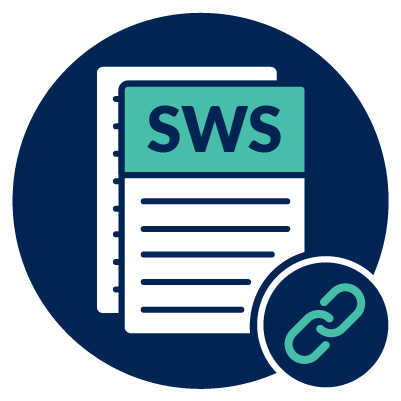
You can find out more about on our page about the Supported Wage System Handbook.
